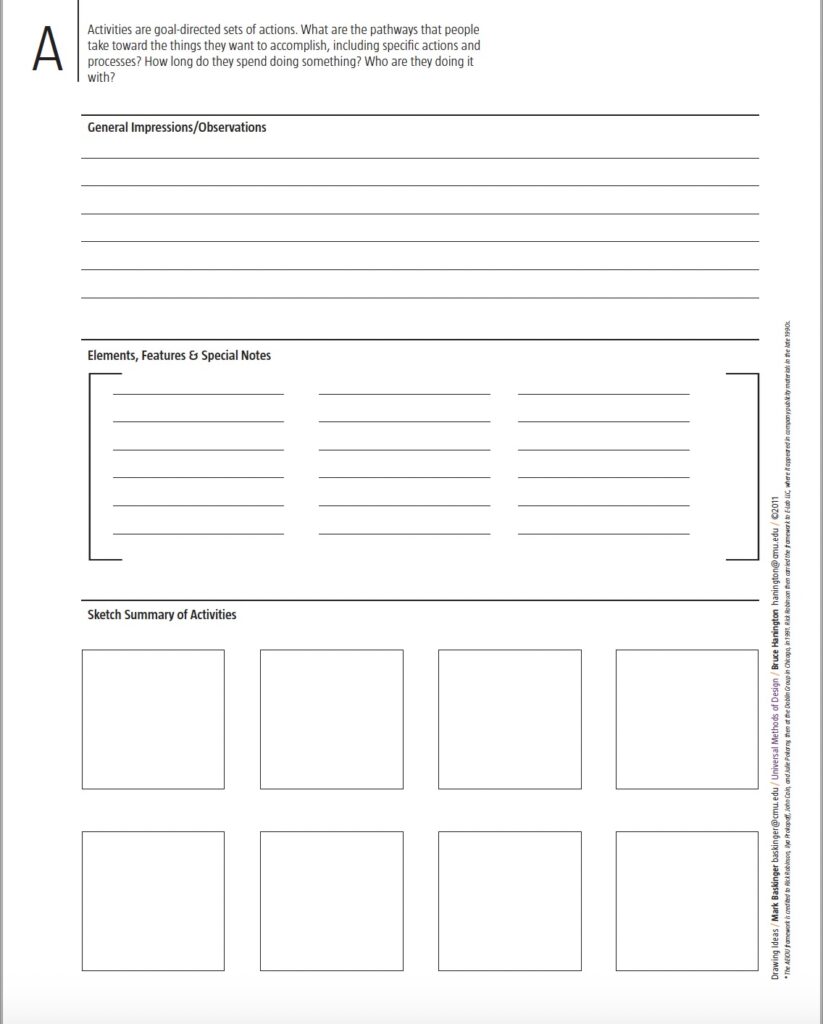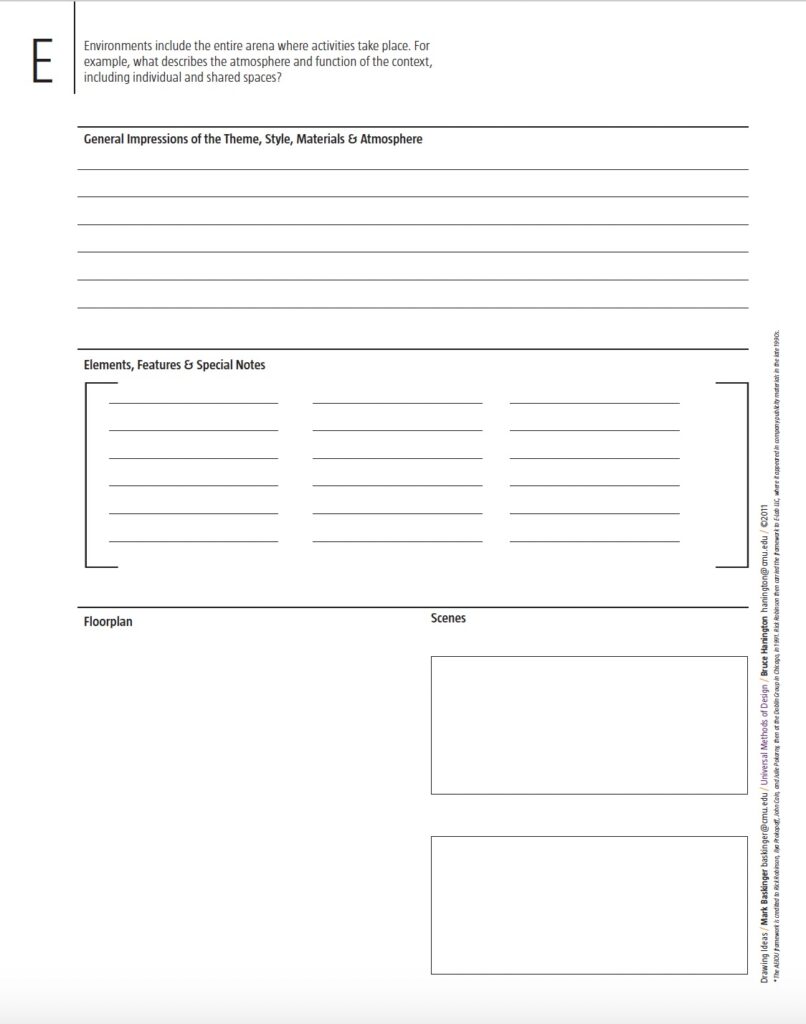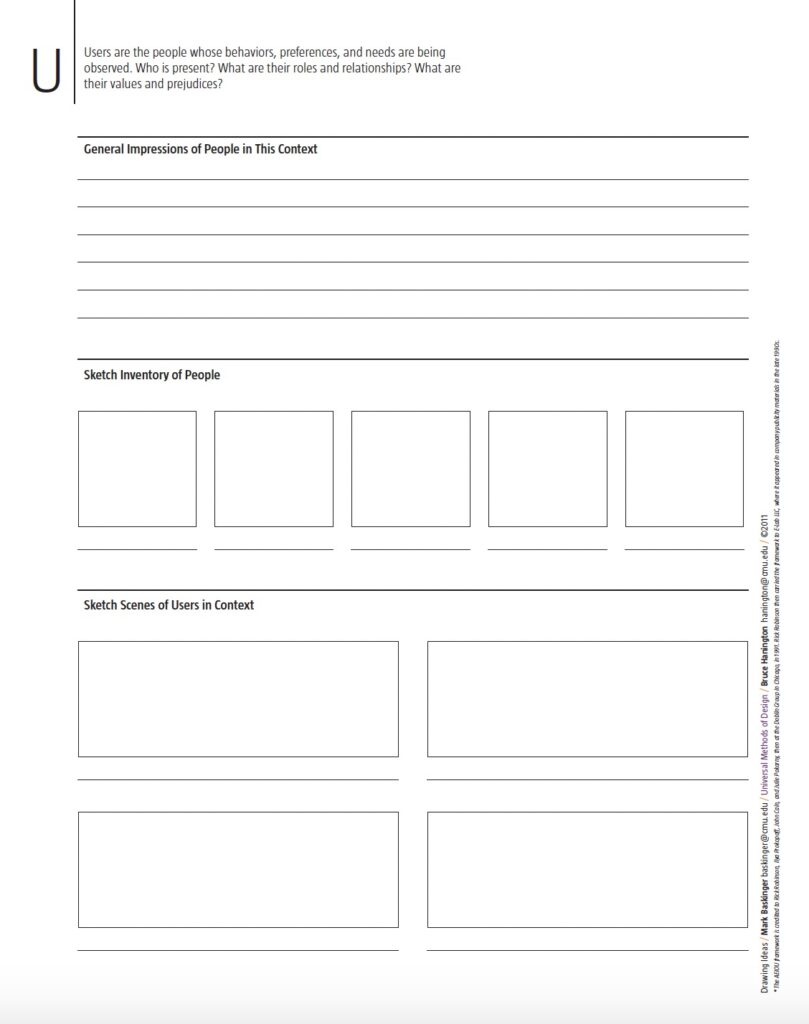Primary Research: Observation
Primary Sources
A primary source provides direct or firsthand evidence about an event, object, person, or work of art. Primary sources include historical and legal documents, eyewitness accounts, results of experiments, statistical data, pieces of creative writing, audio and video recordings, speeches, and art objects. Interviews, surveys, fieldwork, and Internet communications via email, blogs, listservs, and newsgroups are also primary sources. In the natural and social sciences, primary sources are often empirical studies—research where an experiment was performed, or a direct observation was made. The results of empirical studies are typically found in scholarly articles or papers delivered at conferences.
Secondary Sources
Secondary sources describe, discuss, interpret, comment upon, analyze, evaluate, summarize, and process primary sources. Secondary source materials can be articles in newspapers or popular magazines, book or movie reviews, or articles found in scholarly journals that discuss or evaluate someone else’s original research.
qualitative . exploratory . observational

Observation is a fundamental research skill that is used to record phenomena in the study environment. It is an accurate method for understanding the user’s behavior since what people perceive about their actions is not always reflected in what they actually do. Thus observing them while doing a certain task without any manipulation of variables, helps the researcher to collect precise data. However, because of the time, expenses, and resources that observation costs, it is less used.
Observation is divided into two main categories:
- Structured observation which is used when the researcher is looking for data on a specific interaction, such as how many people enter the room with a smile on their faces in the morning. This method of observation costs less money and time.
- Semi-structured observation: it is often used when the researcher is not clear about the final frame of the research in the earlier phase of the project. This casual observation lets us notice things that we are not expecting to discover. This category may take weeks or months of study for coming up with concrete data. It is a good method of study when people are not willing to participate in a conversation.
Advantages: accurate for studying user behavior; reveals people’s elusive internal states that they might not be able to share.
Disadvantages: time-consuming and expensive; hard to record and document.
Case Studies/Examples
Shostak, Marjorie, Nisa: The Life and Words of a Kung WomanLinks to an external site.
In this book we read about the life of Nisa through interviews. The writer( Marjorie Shostak), who is a Harvard anthropologist, carefully talks about the detail of her interaction with people and her environment while she is interviewing her.
Tips
- Take a pen and paper with you
- Have a small camera to record
- Try to observe through all senses not just sight
- Do some casual interviews to gather more information during or after observation
References
Gillham, Bill. Observation Techniques: Structured to Unstructured. London: Continuum International Pub., 2008.
Martin, Bella, and Bruce M. Hanington. Universal Methods of Design 100 Ways to Research Complex Problems, Develop Innovative Ideas, and Design Effective Solutions. Digital ed. Beverly, MA: Rockport Publishers, 2012.
Boeijen, Annemiek Van. Delft Design Guide: Design Methods.

Interview
qualitative.exploratory.generative.evaluative.self-reporting
An interview is a structured research activity where a researcher asks questions of an individual in order to learn about a new design space or gain clarification about existing knowledge. A researcher will devise a set of quantitative and qualitative questions which are asked to participants ideally in a controlled environment. There are variations in the format and type, and researchers may vary the tools (oral answers to questions, written surveys, Like scale vs. open-ended, quantified data versus qualitative data) depending on the research objectives and the person being interviewed. Interview transcripts can be generated and analyzed afterward to make meaning and inform design interventions. The total number of interviews can vary, as can the type – Robert Wood Johnson Foundation categorizes them as structured, semi-structured, unstructured, informal and focus groups; Dr. Mary Stokrocki at ASU categorizes them by ‘topical oral history, life history, evaluation interview, focus group interview, and cultural interviews’). Rubin and Rubin have variations on how they interview (i.e. ‘responsive interviewing’ or changing questions in response to the interview rather than having a set of questions you stick closely to). Regardless of format and variety, interviews remain a key research activity for creating people-centered design work.
Instructions:
- Understand problem space and your goals, hypothesis, and interview constraints (location, time, audience, etc.) – these all shape your interview questions
- Arrange interviews/misc. logistics, conduct dry run of questions for timing release forms or non-disclosure agreements
- Create questions to ask and create a Field Guide/Interview Guide:
- Introduction, goals
- Biological section about your interviewee
- ‘Main’ content section with your questions
- Additional questions if time
- Conduct interviews: capture biological info and main questions, and follow up from asked questions to deep dive into interesting points
- Review results and analyze what to take from the interviews and next steps
Advantages:
- Ability to create questions to the audience: Direct human feedback with users/direct customers allows us to gather data from the people using products and services – not external stakeholders
- Opportunity for deep dive and follow-up questions: Interviews allow for human behavior to shine – what are emotions and actions during an interview that shed light on how people use products and services – and the ability to follow up with questions in situ, at the time. The richness of qualitative data is usually extremely valuable.
- Opportunity for customization on length, tools, depth of questions: Not only can you customize the questions, but you can explore both high-level areas of a situation as well as details on artifacts, context, environment, etc. of individual users.
Disadvantages:
- Bias from self-reporting: what should we understand from what we hear in interviews – can we trust someone to self-report what they do, as opposed to viewing behavior?
- Words and not necessarily actions and behaviors (compared to contextual inquiry): •We’re also asking people to report on their behavior often without watching them in context – so they may self report an inaccuracy, and we as researchers may not know. This is why it’s important to interview at least 5-7 so see if something shows up by multiple persons.
- Requires transcription and additional analysis from words (as opposed to data): managing the quantity of data can be overwhelming if interviewing large sets of users
Resources
Download Interview TemplateLinks to an external site.
ReframerLinks to an external site. is software to make the user research process easier.
If you record your interviews, you can get transcripts from companies like VerbalinkLinks to an external site. – but still no replacement for going through pages of material to make meaning. See longer discussion on IxDA forum links to an external site..
Tips
- Roles: It’s good to have one dedicated question-asker and one dedicated note-taker. Sometimes you can switch roles, so be adaptable to suit the flow of the interview and follow up with questions if someone is providing interesting feedback. Make sure the other interviewer is open to that – if they have questions they really want answered, have those be first or indicated on your list of questions.
- Flexibility: Not all interviews will cover all topics. You may need to skip questions if it doesn’t apply to them (i.e. they don’t have experience with a product etc.). Ideally, screen those people out of interviews first though.
- Technology: Audio recorders are good as a backup – even better, video. Still, don’t rely solely on technology to capture data. Take notes (both the dedicated note-taker, and the question-asker). Time: Do a rehearsal of your questions to ensure you leave enough time for both asking and responses, and natural ‘lulls’ in the conversation and longer responses.
- Artifacts: ‘Interviews can be made more productive when based around artifacts, the inspiration behind integrated methods such as touchstone tours, personal inventories, and picture cards” (from Universal Methods of Design). Having a product to interact with can help a user reveal more details – especially if the user is shy or has never experienced an interview before.
- Environment: Interviewing in the field can become difficult in an environment of noise, stress, time limitations and sometimes hostility from interviews can complicate our design research efforts. Aim for a quiet, uninterrupted environment to ask your questions.
AEIOU – WORKSHEETS
AEIOU Design Thinking Worksheets developed by Mark Baskinger and Bruce Hanington is an interrelated framework that guides designers in thinking through a problem or scenario from a variety of perspectives: activities, environments, interactions, objects, and users. They are useful in organizing thoughts, observations, and ideas into distinct categories. AEIOU differs from our Drawing Ideas Quick-Start Worksheets in their formality and strict adherence to these five dimensions of a design space.

A
Activities are goal-directed sets of actions. What are the pathways that people take toward the things they want to accomplish, including specific actions and processes? How long do they spend doing something? Who are they doing it with?

E
Environments include the entire arena where activities take place. For example, what describes the atmosphere and function of the context, including individual and shared spaces?

I
Interactions are between a person and someone or something else and are the building blocks of activities. What is the nature of routine and special interactions between people, between people and objects in their environment, and across distances?

O
Objects are the building blocks of the environment, key elements are sometimes put to complex or even unintended uses, possibly changing their function, meaning, and context. For example, what are the objects and devices people have in their environments, and how do these relate to their activities?

U
Users are the people whose behaviors, preferences, and needs are being observed. Who is present? What are their roles and relationships? What are their values and prejudices?
AEIOU_worksheets.pdf Download AEIOU_worksheets.pdf
References
The AEIOU framework is credited to Rick Robinson, Ilya Prokopoff, John Cain, and Julie Pokorny, then at the Doblin Group in Chicago, in 1991. Rick Robinson then carried the framework to E-Lab LLC, where it appeared in company publicity materials in the late 1990s.
Kuniavsky, Mike. Observing the User Experience: A Practitioner’s Guide to User Research. Burlington, MA, USA: Morgan Kaufmann, 2003. Accessed September 17, 2015. ProQuest ebrary. https://getit.library.nyu.edu/go/9387114Links to an external site.
Although there’s a small amount devoted to interviews, this book does go into common problems that occur in interviews and approaches to use to avoid them and address them when they happen in interviews.
Portigal, Steve. Interviewing Users: How to Uncover Compelling Insights. New York, NY, USA: Rosenfeld Media, 2013.
Geared for UX and product design work, this short book contains very practical advice for both beginners and more experienced practitioners and also addresses the entire process from start to finish from an ethnographic point of view.
Rubin Herbert J. Qualitative interviewing: the art of hearing data. Los Angeles, CA, USA: SAGE Publishing, 2012. Accessed September 17, 2015. ProQuest ebrary. https://getit.library.nyu.edu/go/9387294Links to an external site.
A classic ethnographic research book, this is an excellent book for a more in-depth understanding about what kind of questions to ask and how to make meaningful analysis especially for longer research projects and professional work. The book comes more from a social sciences perspective.
Vogt, W. Paul, Gardner, Dianne C., and Haeffele, Lynne M.. 2012. When to Use What Research Design. New York, NY, USA: Guilford Press. Accessed September 17, 2015. ProQuest ebrary https://getit.library.nyu.edu/go/9387118Links to an external site.
Another title geared for more advanced practitioners with more of a social sciences perspective, the section on surveys versus interviews is illuminating, as is the sections on recruiting for interviews and what types of questions to ask.
*****



0 Comments